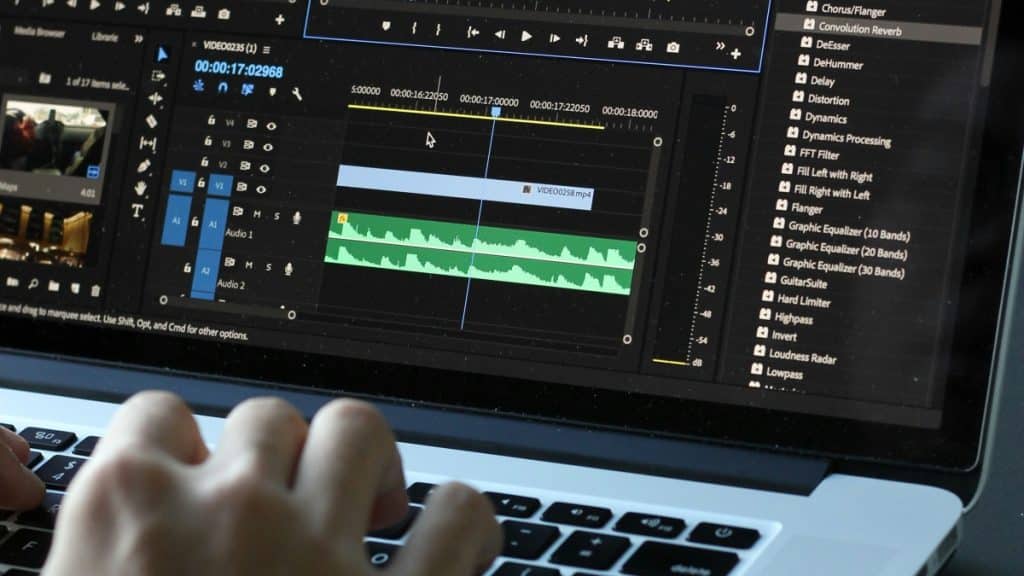A recent article covered video content and what it can do for your business, highlighting the different forms it can take. Like with everything posted online, its effectiveness hinges on several factors besides quality. That’s why experts have devised video SEO practices that apply backend fixes and best practices to make your visual content fly further.
Understanding Visual Content
Like SEO, video SEO is a broad tent that applies to everything from promotional images to video embeds. Most of it revolves around tags and other backend fixes that make the video content more discoverable in Google’s search algorithm. As a result, the pages featuring them can snatch audiences from image searches and video snippet appearances.
Many make the mistake of assuming video content is passive and secondary to other types of content. This can be quite the opposite, depending on what kind of content you produce. For example, the iGaming industry is mostly built on visual, interactive content through digital casino games. They also offer table games like online roulette, live streamed to audiences with a real person hosting the action. In those cases, the visuals are the main content instead of accompanying another service or product, like promotional images do.
Optimizing Video Metadata
If you’re familiar with SEO, you’ll know that Google must index pages so they can find widespread reach on results pages. To help with that, you should optimize the metadata attached to your content, and this applies to images and videos too.
With video SEO, metadata often includes the scant text you’ll add to visual content. That text is important, as it provides context for Google’s bots, but will also house keywords that you’re trying to rank for. There are five main ways you can optimize video metadata:
- 1. Video titles: 60 characters appearing on the search results page.
- 2. Video descriptions: 150 character descriptions describing what viewers can expect.
- 3. File name: The name of your video file, which should definitely include keywords.
- 4. Tags: Category tags describing the themes and topics of your video.
- 5. Transcription: For video, a transcription provides plenty of opportunities to rank for keywords and phrases.
A lot of video SEO focuses on embedding videos into your site pages. Ideally, you should also create a new page where the video is the main content. Doing this will make the page more eligible for selection in special rich snippet results.
Optimizing Thumbnails
Thumbnails are the first thing viewers see in your videos, so there’s an art to making them interesting and click-worthy. This is something YouTubers have been figuring out for decades, so you can get a sense of what brings viewers in by looking at trending videos on that site. SEO experts have also devised thumbnail guides that take a more technical approach. However, you should remember that different niches, industries, and cultures will have their eyes drawn to different things.
Thumbnails should be attention-grabbing without becoming gaudy or obnoxious. They should have some form of editing, such as text or clip art placed over a still from the video. It should also be relevant to what the video is actually about. If it’s part of your business content, it’s a good idea to incorporate your brand colors, fonts, and tone of voice into the video and the way it’s edited.
Using Schema Markup
The use of structured data is also vital to a video SEO strategy in 2024. These help search engines understand what the video is about, since they can’t watch it for themselves. Structured data includes information like the title, description, and video length.
Google stresses that this isn’t a ranking factor by itself. However, making your videos easier for crawling and indexing is vital for getting onto the SEO ladder. This is one of the most technical parts of video SEO, but it can yield great results and there are many easy-to-follow tutorials online.
Visual content is more popular than ever, so using these best practices with your images and videos is a great way to stay competitive. For entrepreneurs, it can mean the difference between success and failure in Google’s algorithms.
